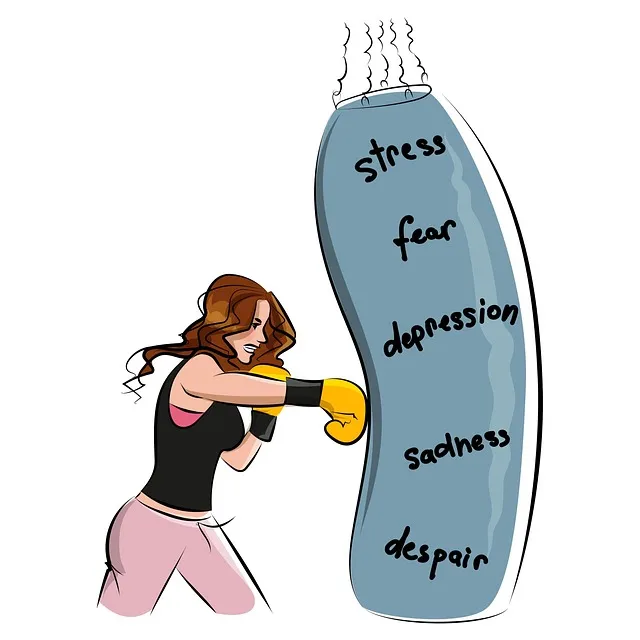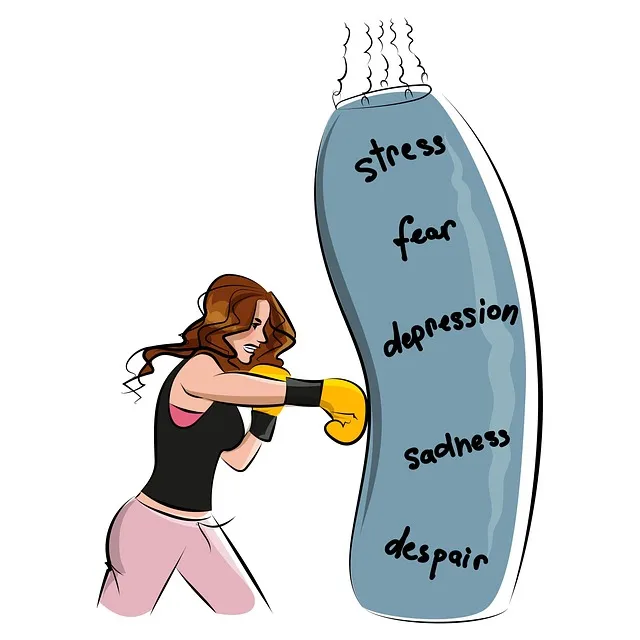Kaiser Permanente Mental Health Highlands Ranch develops public awareness campaigns centered on community needs, offering tailored programs like Stress Management and Mindfulness Meditation. These initiatives engage individuals through interactive content, storytelling, and personal testimonies, fostering emotional connections to complex mental health issues. The campaigns' success lies in inspiring action through social media challenges, events, and webinars, empowering people to take charge of their well-being. Strategic planning and evaluation, using data collection methods like surveys and interviews, ensure campaign effectiveness and community mental well-being improvement.
Public awareness campaigns play a pivotal role in shaping societal perceptions and driving meaningful change. This article explores the development of such campaigns, focusing on a successful example at Kaiser Permanente Mental Health Highlands Ranch. We delve into understanding community needs, designing engaging content, and implementing effective strategies. By examining these key components, we reveal how organizations like Kaiser Permanente can create impactful campaigns that foster mental health awareness and catalyze positive transformation.
- Understanding Community Needs: A Foundation for Effective Campaigns at Kaiser Permanente Mental Health Highlands Ranch
- Designing Engaging Content: Strategies to Capture Attention and Drive Action
- Implementation and Evaluation: Measuring Impact and Iterating for Success
Understanding Community Needs: A Foundation for Effective Campaigns at Kaiser Permanente Mental Health Highlands Ranch

At Kaiser Permanente Mental Health Highlands Ranch, understanding community needs is a cornerstone for developing effective public awareness campaigns. By gauging local mental health landscapes and identifying specific challenges, they tailor initiatives that resonate deeply with their audience. This involves delving into demographic data, listening to patient narratives, and collaborating with community partners to ensure the relevance and impact of their programs.
For instance, recognizing rising stress levels among working adults in the region, Kaiser Permanente has designed Mental Health Education Programs focused on practical Stress Management techniques. Additionally, they promote Mindfulness Meditation practices as a holistic approach to well-being, fostering a sense of calm amidst the hustle and bustle of daily life. These efforts underscore their commitment to empowering individuals with tools for navigating life’s challenges, ultimately enhancing mental resilience within the community.
Designing Engaging Content: Strategies to Capture Attention and Drive Action

In the realm of public awareness campaigns development, designing engaging content is a game-changer. For organizations like Kaiser Permanente’s mental health initiatives in Highlands Ranch, crafting compelling narratives that resonate with the target audience is key to driving action. Incorporating interactive elements, storytelling, and personal testimonies can capture attention and foster emotional connections, making complex issues more accessible and relatable.
The success of these campaigns lies in their ability to not only inform but also inspire. By leveraging strategies like social media challenges, community events, and educational webinars, the Community Outreach Program Implementation can effectively promote Depression Prevention initiatives. Engaging content that highlights real-life successes and offers practical tips for mental well-being encourages participation and empowers individuals to take charge of their emotional health.
Implementation and Evaluation: Measuring Impact and Iterating for Success

Implementing public awareness campaigns for mental health initiatives, such as those by Kaiser Permanente in Highlands Ranch, involves careful planning and measurement to ensure their effectiveness. Evaluation is a critical step that goes beyond assessing reach and engagement; it measures the impact on knowledge, attitudes, and behaviors related to mental health. By collecting data through surveys, interviews, or observation, campaign organizers can gauge changes in public perception and identify areas for improvement.
This iterative process allows for adjustments to be made based on what’s working and what isn’t. For example, if a campaign focused on coping skills development yields positive results in reducing anxiety relief-related search queries but fails to engage younger demographics, future iterations could incorporate targeted strategies tailored to that group. This continuous evaluation ensures that Mental Health Policy Analysis and Advocacy efforts remain relevant and impactful, ultimately contributing to improved community mental well-being.
Public awareness campaigns, as demonstrated by Kaiser Permanente Mental Health Highlands Ranch’s initiatives, thrive on a deep understanding of community needs. By designing engaging content and effectively implementing strategies, organizations like Kaiser Permanente can drive significant action and positive change. Continuous evaluation and iteration are key to ensuring these campaigns remain relevant and impactful, ultimately fostering healthier communities.






